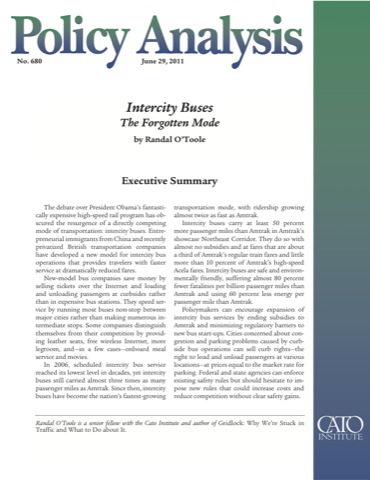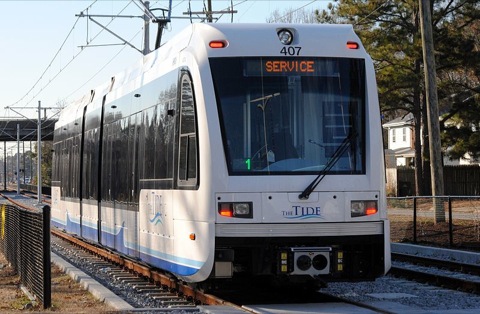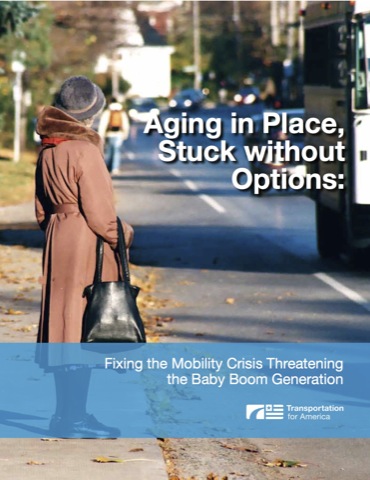Between 1890 and 1940, U.S. homeownership rates hovered between 44 and 48 percent. Then they suddenly grew to 62 percent by 1960. What happened to cause the rates to rise so much?
The conventional answer is government intervention. Kenneth Jackson, author of Crabgrass Frontier, argues that legislation passed during the New Deal would “revolutionize the home finance industry” by introducing amortizing mortgages, reducing downpayments to as little as 7 percent, and reducing interest rates. He adds that, “One reason that long-term mortgage arrangements were not typical prior to the 1930s was that an 1864 amendment to the 1863 National Bank Act prohibited nationally chartered banks from making direct loans for real estate transactions.”
However, Jackson has many of his facts wrong. As early as the 1880s, at least some homebuilders offered homes with down payments as low as 7 percent. Amortizing mortgages were invented in the 1890s and became popular in the 1920s. And Congress amended the law to allow national banks to make real estate loans in 1913.










